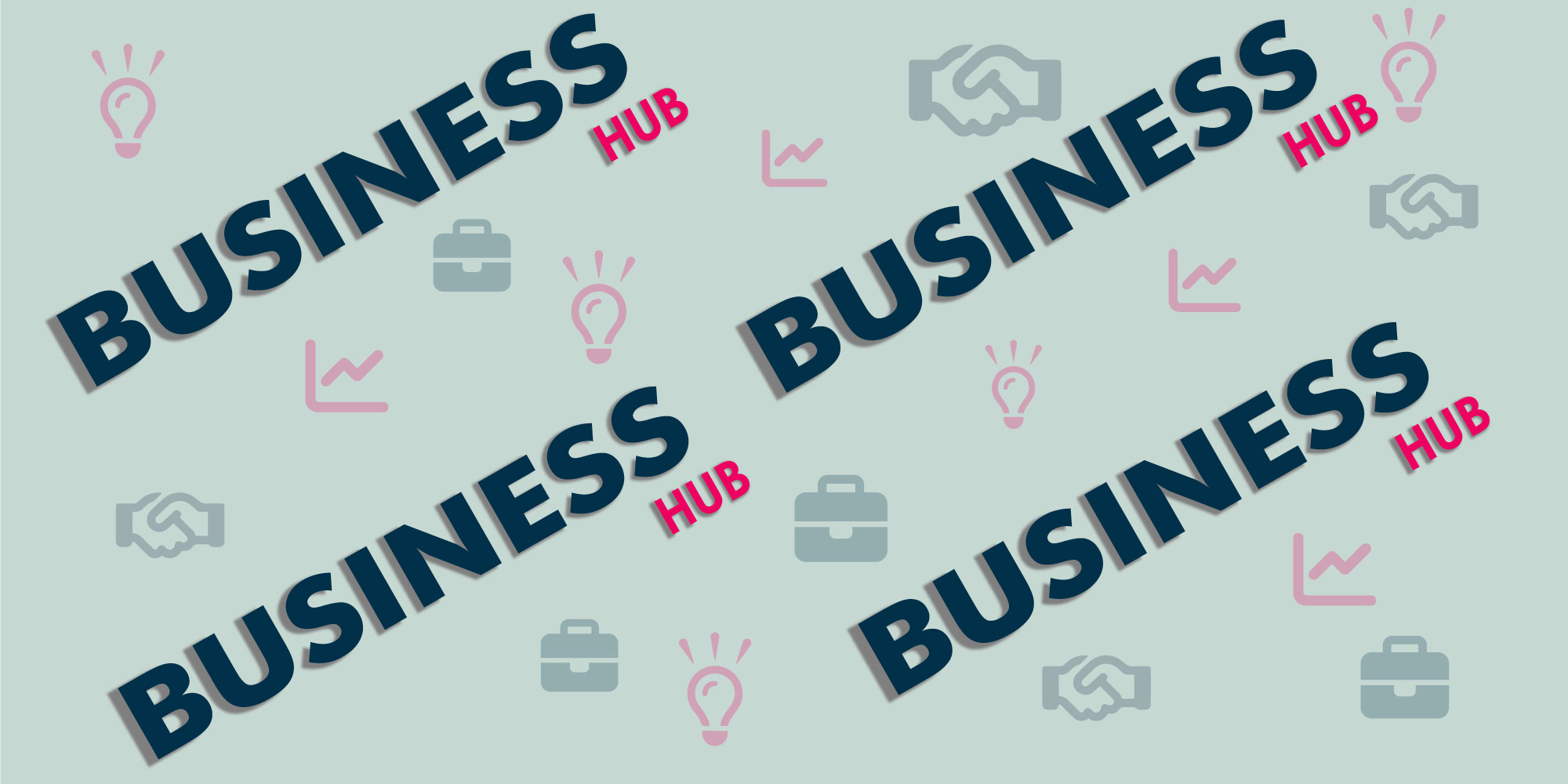How to Network Without Feeling Fake
If the word ‘networking’ makes you cringe, you’re not alone. For many younger people, walking into a room full of strangers and handing out resumes like party favours to “build connections” feels unnatural. Online networking can be even tougher, sending a direct message out of the blue to ask for a coffee chat often feels awkward at best or transactional at worst. But networking doesn’t have to feel like you’re faking it. At its core, networking is about building relationships. When you approach it this way, it becomes less scary and more genuine. Step 1: Stop Treating People Like Ladders One reason networking feels uncomfortable is the “what can you do for me?” mindset. Think about the people you enjoy working with or learning from. They are usually curious, thoughtful, and genuine. That’s the energy you want to bring too. Instead of asking, “How can I use this person to get ahead?” try: Even a thoughtful comment on someone’s post or a simple “thank you” after a workshop can start a real connection. Step 2: Be Yourself, Not a Business Card Professional doesn’t mean robotic. You don’t have to speak in buzzwords or use fancy titles if that’s not your style. When reaching out or introducing yourself, keep it real. For example: “Hey! I saw your panel on creative freelancing and really appreciated your advice on pricing work without guilt. I’m new to freelancing and wanted to say thanks for sharing so honestly.” No elevator pitch. No overthinking. Just honest conversation. Real Talk with a Former Networking Skeptic Sara Bederman, 32, an interior designer in Mississauga, used to hate networking. But she also recently realized that to build her business’ reach, meant that she had to start building up her networking status. So, she shared her experience: Why did you hate networking? “I thought it was fake, forced and only for people in suits. I didn’t know how to ‘sell myself’ and hated feeling like I was using people. I am also extremely shy by nature, so having to walk up to someone and actually be like hey, please look at my work and see if you like it, was my actual nightmare.” What changed your perspective? “I realized networking is just talking to people who get it. I started reaching out to other women in tech — not for jobs, but to connect. I joined groups, commented on LinkedIn posts, and showed up to virtual meetups without pressure. Those conversations grew into friendships and some even led to freelance gigs. These groups exist for others who are also afraid of reaching out or standing in a line of 70 people waiting for a chance to say “wow, love your work.” What advice would you give to someone who still feels awkward? “Start small. Comment on a post. Ask a question after a talk. DM someone to say thanks. You don’t have to be slick or perfect.” Step 3: Build Before You Need Something The best time to build your network isn’t during a job search panic — it’s when you’re exploring, learning, and connecting. Engage with people in your field. Attend free events. Join groups. Say “hi” in group chats. Share things you love. Offer help when you can. These small actions build authentic relationships that support you when you do need opportunities. Real People, Real Vibes So that’s the truth. You don’t have to network like a CEO with a business card and firm handshake. Network like yourself — awkward, passionate, curious, and kind. That’s more than enough. No fake smiles. No cringe. Just connection.





